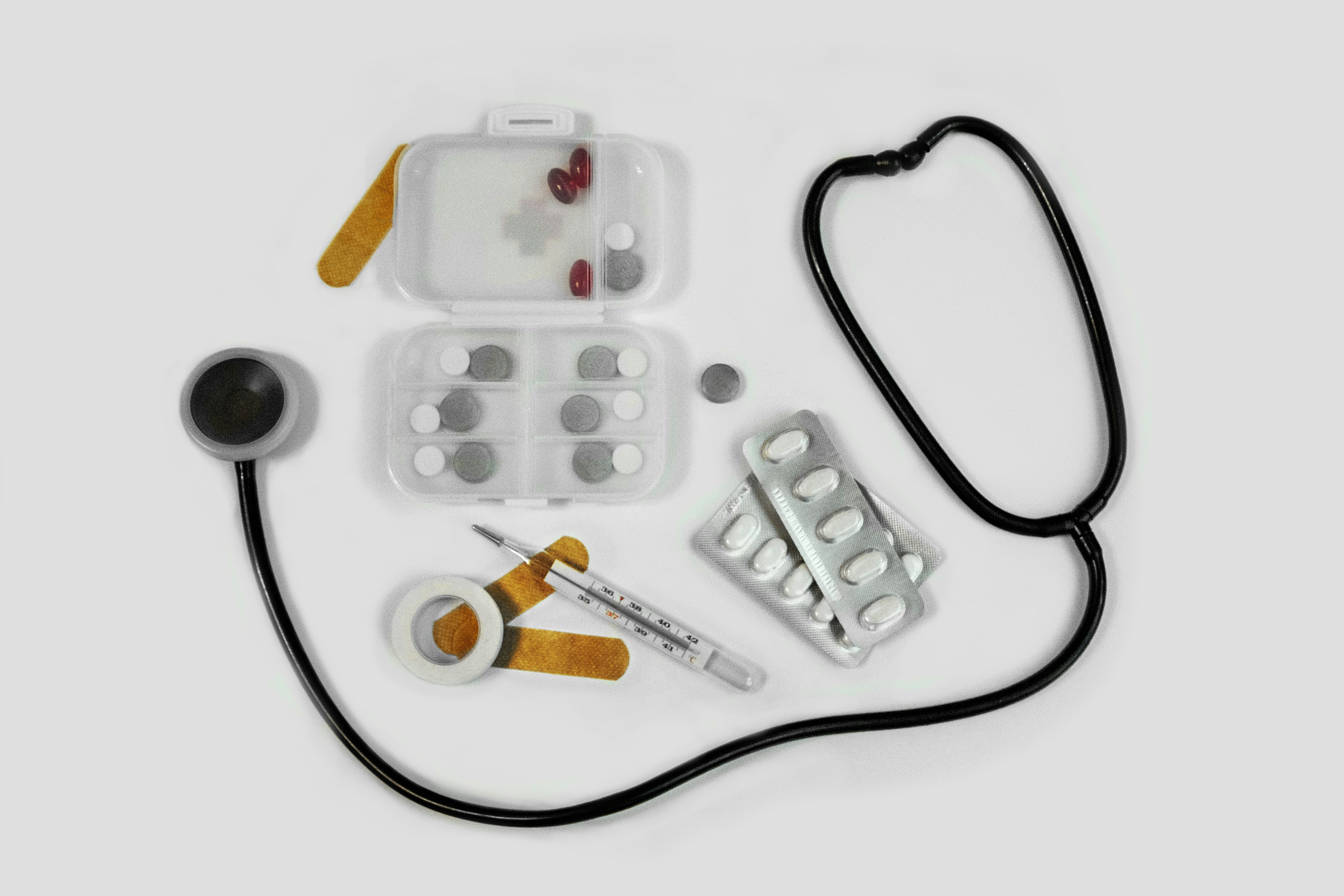Sexually transmitted infections (STIs) are more common than many people realize, and three of the most widespread are chlamydia, gonorrhea, and trichomoniasis. They are often grouped together because they can affect both men and women, may present with overlapping signs, and frequently go unnoticed until complications develop.
Even though they share similarities, each one has unique causes, symptoms, and treatments that are important to understand. This guide will walk through what causes these infections, how they show up, how they are diagnosed, the treatments available, and the possible complications if they are left untreated.
What Causes Each Infection
Although they fall under the same umbrella of STIs, the source of each infection is different.
- Chlamydia develops from a bacterial infection caused by Chlamydia trachomatis.
- Gonorrhea, or “the clap,” is another bacterial infection, this time caused by Neisseria gonorrhoeae.
- Trichomoniasis, sometimes called “trich,” differs because it is caused by a parasite known as Trichomonas vaginalis.
The distinction between bacterial and parasitic infections matters because it influences how each condition is diagnosed and treated.
Chlamydia, Gonorrhea, and Trichomoniasis Symptoms
Chlamydia Symptoms
Chlamydia is known as a “silent” infection because many people never notice warning signs. For those who do, symptoms can differ between men and women:¹
- Women: Abnormal vaginal discharge with a strong odor, burning sensation during urination.
- Men: Discharge from the penis, pain while urinating, swelling or soreness in one or both testicles (less common).
Gonorrhea Symptoms
Gonorrhea may not always cause symptoms, but when it does, men and women experience different patterns:²
- Women: Mild or hard-to-recognize early signs such as painful urination, heavier vaginal discharge, or bleeding between periods. Untreated infection can lead to pelvic inflammatory disease.
- Men: Pain during urination, discharge from the penis, and in untreated cases, possible complications involving the prostate or testicles.
Trichomoniasis Symptoms
Many people with trichomoniasis do not develop symptoms, but when they do appear, they typically show up within a few weeks of exposure:³
- Women: Yellow-green or gray vaginal discharge, noticeable vaginal odor, painful urination, vaginal itching or burning, and discomfort during sex.
- Men: Most remain symptom-free, though some may develop itching inside the penis, mild penile discharge, or burning after urination or ejaculation.
How They Are Diagnosed
Because chlamydia, gonorrhea, and trichomoniasis can be silent or mistaken for other conditions, lab testing is the only reliable way to confirm a diagnosis.
- Chlamydia: Urine test or swab of the cervix or urethra.
- Gonorrhea: Urine sample or swab of the affected area, such as the throat, rectum, cervix, or urethra.
- Trichomoniasis: Swab lab tests check for the parasite in vaginal or urethral samples.
Treatment Options
Chlamydia, gonorrhea, and trichomoniasis can all be cleared with antibiotic therapy, but the exact medication and approach depend on which infection is diagnosed. Because they are caused by different organisms—two bacterial and one parasitic—the treatment regimens vary. This makes accurate testing a critical first step, since guessing or self-treating can leave the infection unresolved.
In addition to treating the person who tested positive, healthcare providers recommend that sexual partners are treated at the same time to avoid passing the infection back and forth. With timely diagnosis and the proper course of antibiotics, these three infections can usually be resolved quickly and without lasting effects.
Complications If Left Untreated
Ignoring chlamydia, gonorrhea, or trichomoniasis can lead to lasting health consequences.
Both chlamydia and gonorrhea can cause pelvic inflammatory disease in women, raising the risk of infertility and ectopic pregnancy. Men may face prostate or testicular complications.¹,²
Trichomoniasis can heighten the chances of contracting other STIs and may contribute to pregnancy issues such as premature birth.³
Addressing these infections early prevents long-term damage and helps protect future reproductive health.

Prevention Tips
The best way to lower the risk of chlamydia, gonorrhea, and trichomoniasis is through consistent prevention habits.
Using condoms every time you have sex provides strong protection, though not complete. Regular STI testing is essential, especially for those with new or multiple partners, since these infections often have no symptoms. Limiting the number of partners and having open discussions about sexual health can also reduce risk.
If an infection is diagnosed, both partners should be treated at the same time to prevent reinfection.
Frequently Asked Questions
Which is worse, chlamydia or trichomonas?
Both infections can cause discomfort and complications if untreated, but chlamydia is more likely to lead to serious reproductive health problems such as infertility. Trichomoniasis, while uncomfortable, is usually less damaging long term when promptly treated.
Is trich the same as chlamydia?
No, they are caused by different organisms—chlamydia is bacterial, while trichomoniasis is parasitic. They also require different diagnostic tests and treatments.
Can you have chlamydia and trichomoniasis at the same time?
Yes, it is possible to be infected with both at once. This is why testing for multiple STIs is recommended if you are at risk or have symptoms.
Getting Care Made Simple
Chlamydia, gonorrhea, and trichomoniasis are treatable infections, but delaying care can lead to unnecessary health risks. If you suspect you may have been exposed or are experiencing symptoms, getting tested and treated quickly is the best step forward.
At 24hrdoc, you can access discreet online care for STDs and STIs without the wait for an in-person visit. Our licensed providers can evaluate your symptoms, order the right tests, and prescribe treatment for chlamydia, gonorrhea, and trichomoniasis—all from the comfort of home. Taking action now protects both your health and your partner’s.
Sources:
- MedlinePlus. Chlamydia Infections.
- MedlinePlus. Gonorrhea.
- MedlinePlus. Trichomoniasis.




